Up Next

The epic battle for the 2021 Formula 1 world championship between Max Verstappen and Lewis Hamilton will be decided over a run of six races over eight weekends, but what role will the circuits themselves play in influencing the battle in terms of their characteristics?
On average, the relative performance of the cars is close, with Mercedes fractionally in the lead after its strong run of performances across the last three race at Monza, Sochi and Istanbul Park.
Mark Hughes took a close look at the trends during 2021 so far here, but given it’s so close between Mercedes and Red Bull, the performance sensitivities of the tracks will play a part in shaping the battle that will play out over the next two months.
Given the performance levels of the two cars, the track configurations won’t be the only factor as the gap between the two teams is always likely to be relatively small and therefore can easily swing.
But whether the two teams live up to, or defy, expectations for each of the six circuits will play a part in shaping the destiny of the title.
AUSTIN – MERCEDES
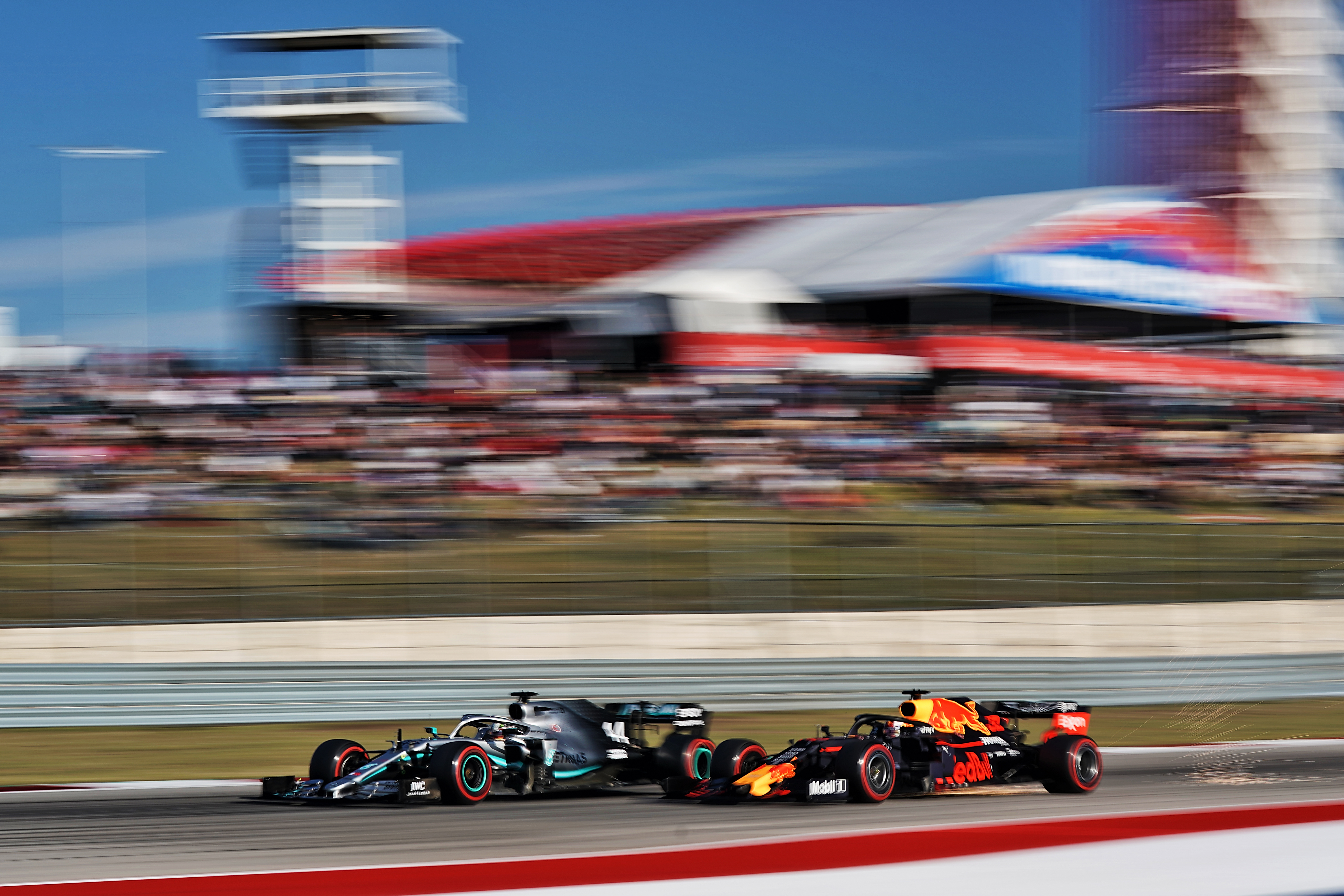
Historically, the Circuit of the Americas has been a Mercedes stronghold, with five wins out of six in the V6 turbo hybrid era. The odd one out was Kimi Raikkonen’s final win for Ferrari in 2018, and even on that weekend, Lewis Hamilton started from pole position.
But history has been an unreliable guide in 2021, primarily because this is the strongest performance level we have seen from Red Bull over a season since the days when it was winning world championships.
Austin is a circuit that was deliberately designed to be a balance of high-speed cornering, with the sweeps in the first sector, straight-line speed, with the Mercedes-friendly long drag down the one kilometre back straight from the Turn 11 hairpin to the Turn 12 left-hander and the twistier final sector with the majority of corners taken in second or third gear. That adds up to a relatively balanced track, where it could be close.
But the form of Mercedes in Turkey, which offered a similarly balanced challenge, combined with the fact Mercedes is by its standards relatively confident, with team principal Toto Wolff saying “Austin is a track that we like and it’s another opportunity”, means it is very marginally the favourite for the United States Grand Prix.
MEXICO CITY – RED BULL
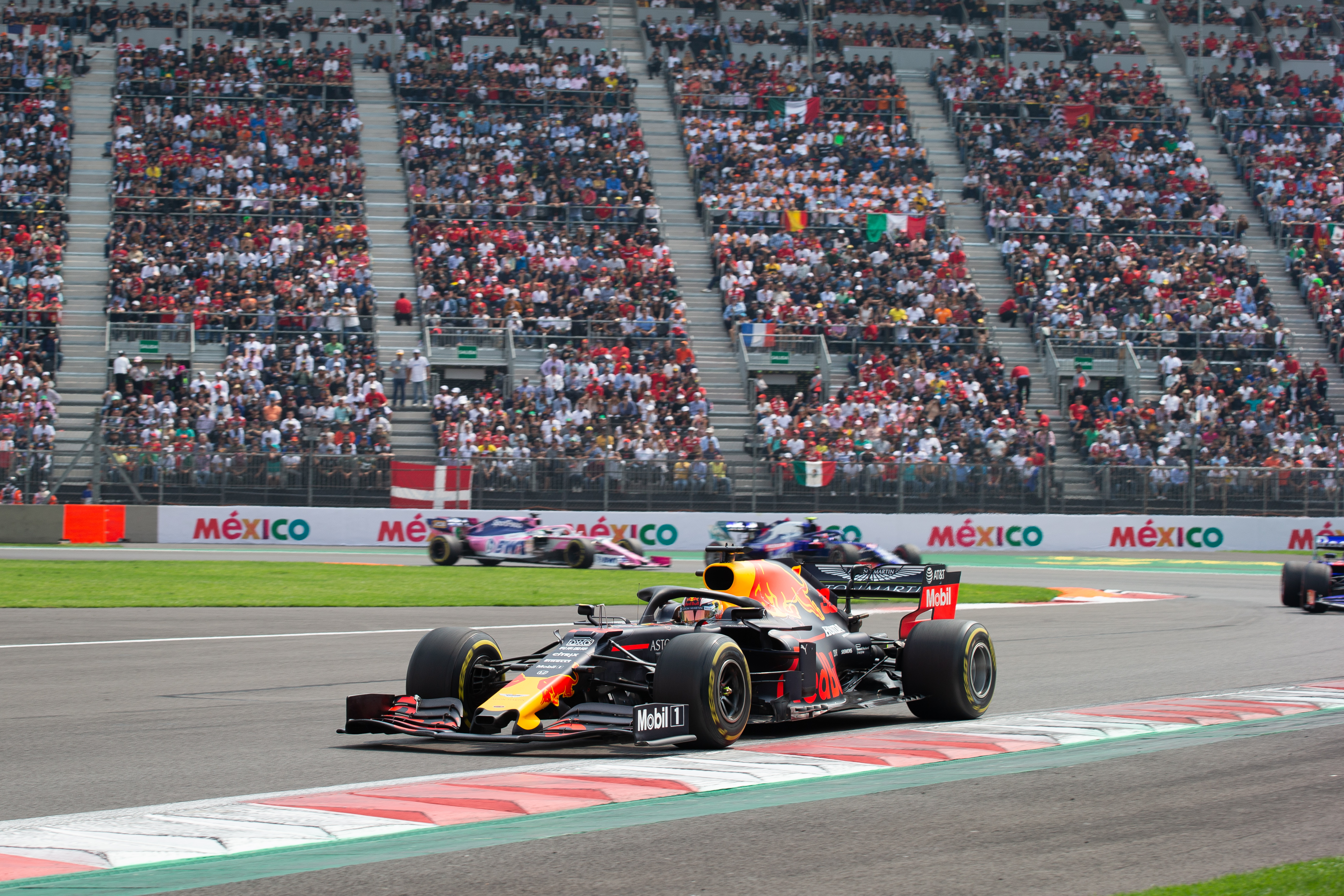
Two wins in the past three runnings for Red Bull – a run that could easily have been three out of three but for Max Verstappen’s grid penalty after setting the fastest qualifying time in 2019. While the lengthy main straight would be a boon for Mercedes in normal circumstances, the altitude plays into the hands of the Milton Keynes team.
The Mexico City circuit is just under 2300 metres above sea level, easily the highest altitude of any circuit on the F1 calendar. That means less dense air, by not far off 25% than at sea level, which means you have to work the turbo harder to compensate by compressing the air.
The Honda turbo is slightly smaller than the Mercedes turbo, making it easier to get up to the rev levels needed to maximise this. The result is an advantage in terms of power and ERS use given the importance of the MGU-H at this track. The low air density also mitigates the Mercedes aero efficiency advantage simply because the thinner air means maximum downforce configurations on the
As a result, Mercedes justifiably sees this as its weakest circuit of the run-in, while it becomes a must-win for Red Bull.
INTERLAGOS – TOO CLOSE TO CALL
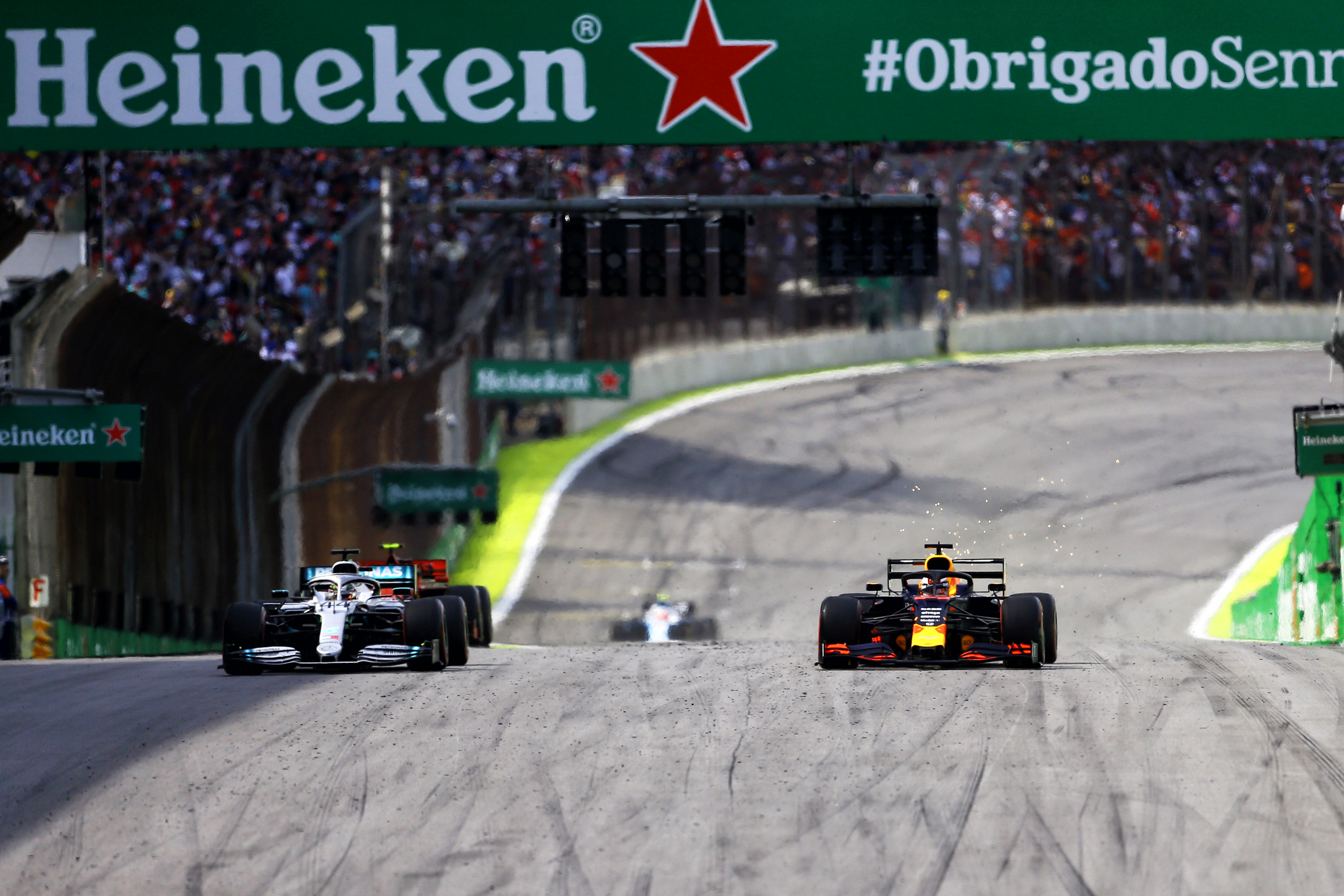
Interlagos is another circuit that is at altitude, albeit at only 800 metres. But this also means that the Honda turbo advantage is also a factor, albeit a significantly diminished one compared to Mexico city.
It’s a curate’s egg of a circuit, one that generally favours high downforce for laptime given the twisty middle part of the lap, but with the chance to compensate with speed on the long run from the exit of Juncao to the Senna S. That makes it a little more of a compromise circuit, with the chance to make up for time lost on the infield.
It’s a close one but you’d have likely given the edge to Red Bull prior to recent races, particularly Turkey. But given the compromise between corner speed and straight-line speed – not to mention the unpredictable weather – this one could go either way.
QATAR – RED BULL
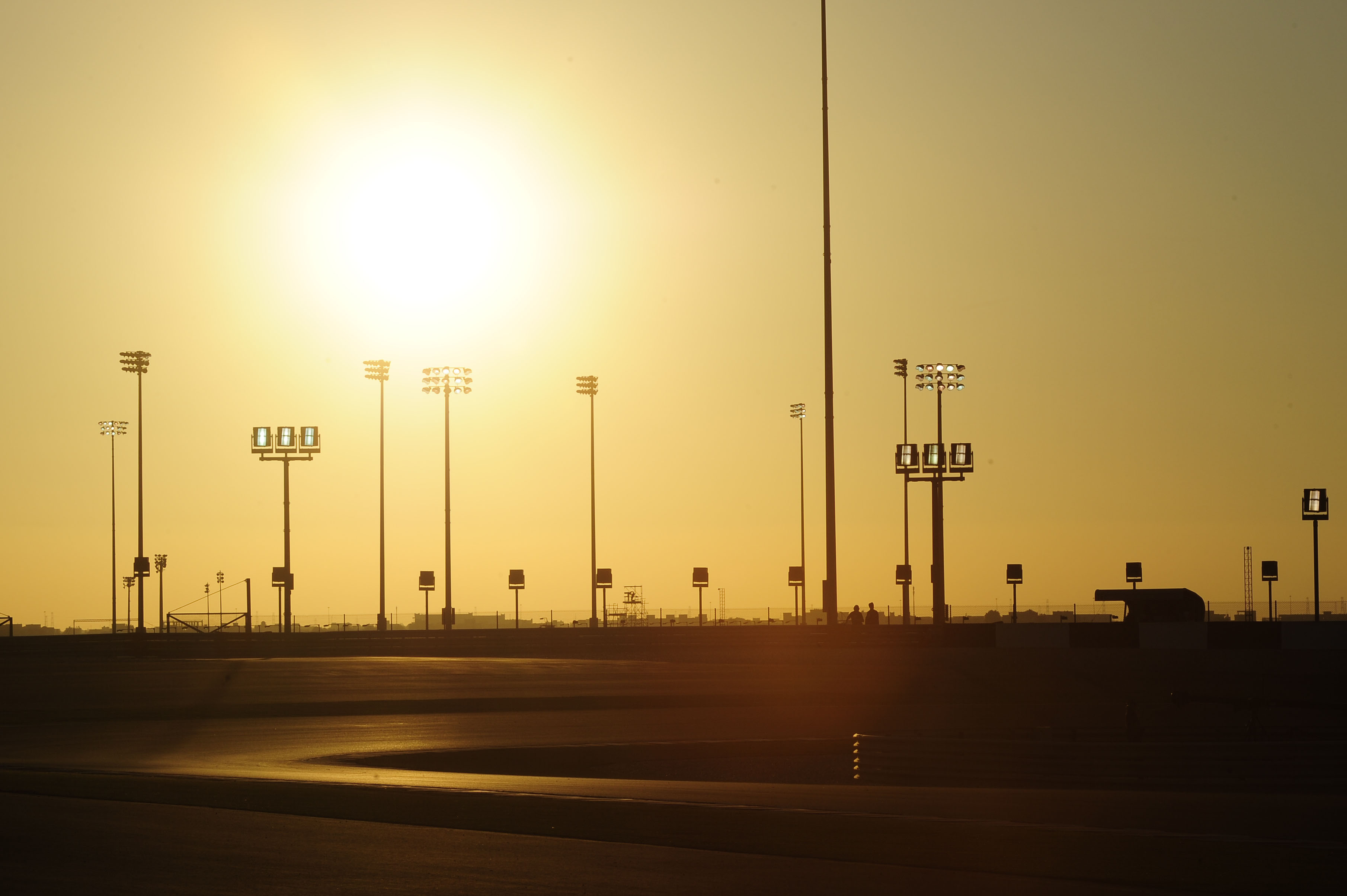
The Losail International Circuit is more of a bike circuit than a car circuit and is the first of two unfamiliar circuits in the final three races. Despite the one kilometre main straight, it’s a relatively busy track with a predominance of medium-speed, longer-radius corners that would on paper appear to favour high-rake Red Bull, provided it can get the front tyres working on the unfamiliar surface and avoid the problems of Istanbul.
In light of the announcement that #F1 will race in Qatar this season, @SMitchellF1 has hopped in a Monaco special edition livery McLaren for a lap of the Losail circuit ⬇️ pic.twitter.com/oY2lXWlSnk
— The Race (@wearetherace) September 30, 2021
But the fact it is a new circuit for F1 is a confounding factor. Despite the depth of preparation and simulation, the teams will inevitably arrive there less well-prepared and will also have to react well to the subtleties of track surface and conditions that they will face.
SAUDI ARABIA – MERCEDES
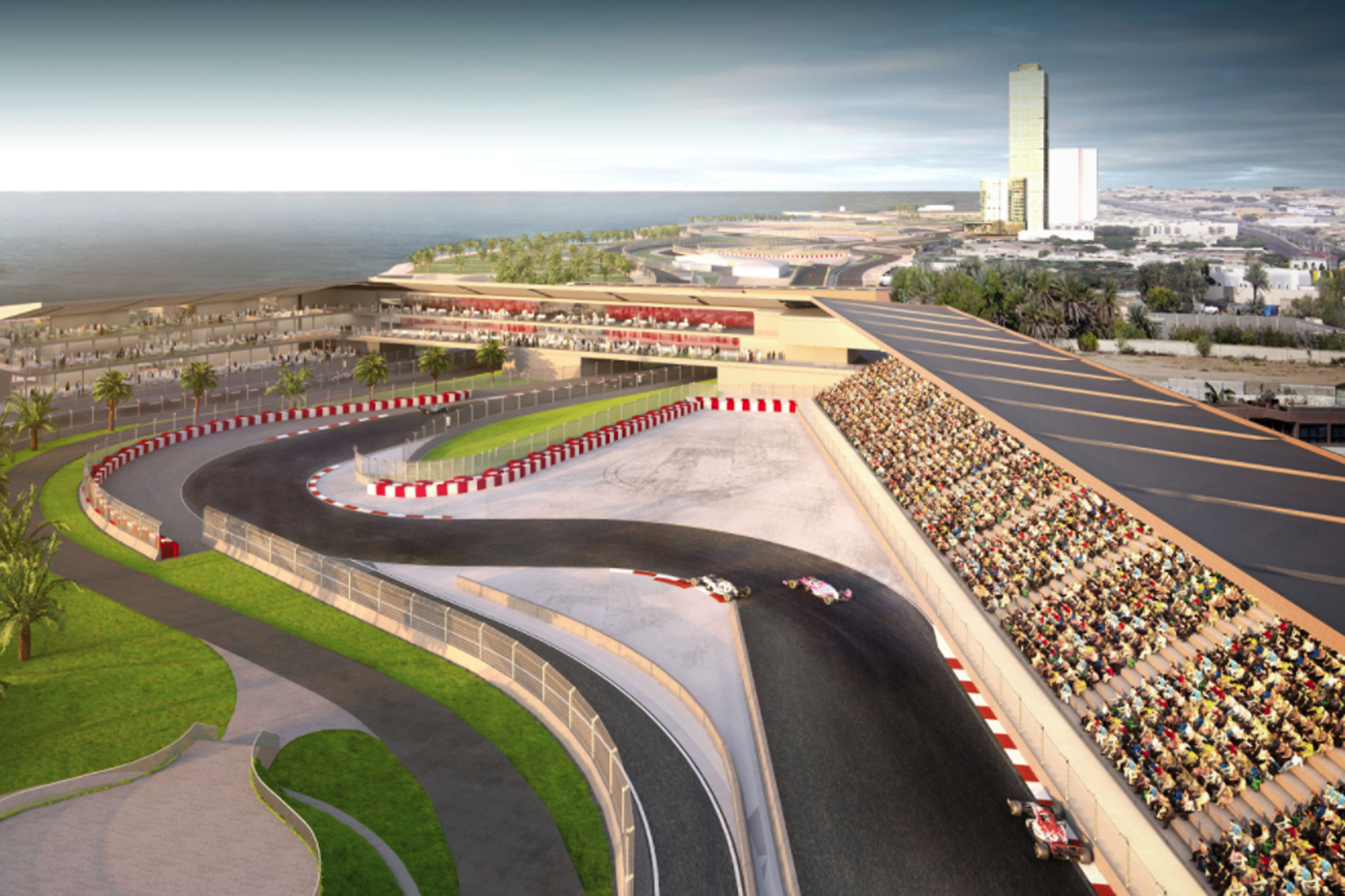
When the Jeddah Corniche Circuit was first unveiled, much was made of the fact that this is an unusually fast street circuit. In fact, it’s perhaps most appropriate to call it an urban circuit, given it is purpose-built but in a city setting. This means plenty of running at 100% throttle, meaning it plays to the strengths of the lower-drag Mercedes even though there are some quick corners early in the lap.
The same caveats apply to F1’s first visit to Saudi Arabia as for Qatar given F1 is heading into the unknown. But Mercedes has reason to head here confident that if it extracts the maximum potential from its car, it should be in good shape.
ABU DHABI – TOO CLOSE TO CALL

Mercedes has thrived in Abu Dhabi historically, although last year it was the one circuit where Red Bull was able to have the advantage both in qualifying and the race on merit.
With two long back straights and a predominance of slower, 90-degree corners and chicanes there are reasons for both Mercedes and Red Bull to go well at Yas Marina.
But history also tells us that whoever has the advantage in qualifying is likely to stay there in the race, meaning that Saturday could be one of the defining days of the season in deciding between Verstappen and Hamilton for the title.
CONCLUSION
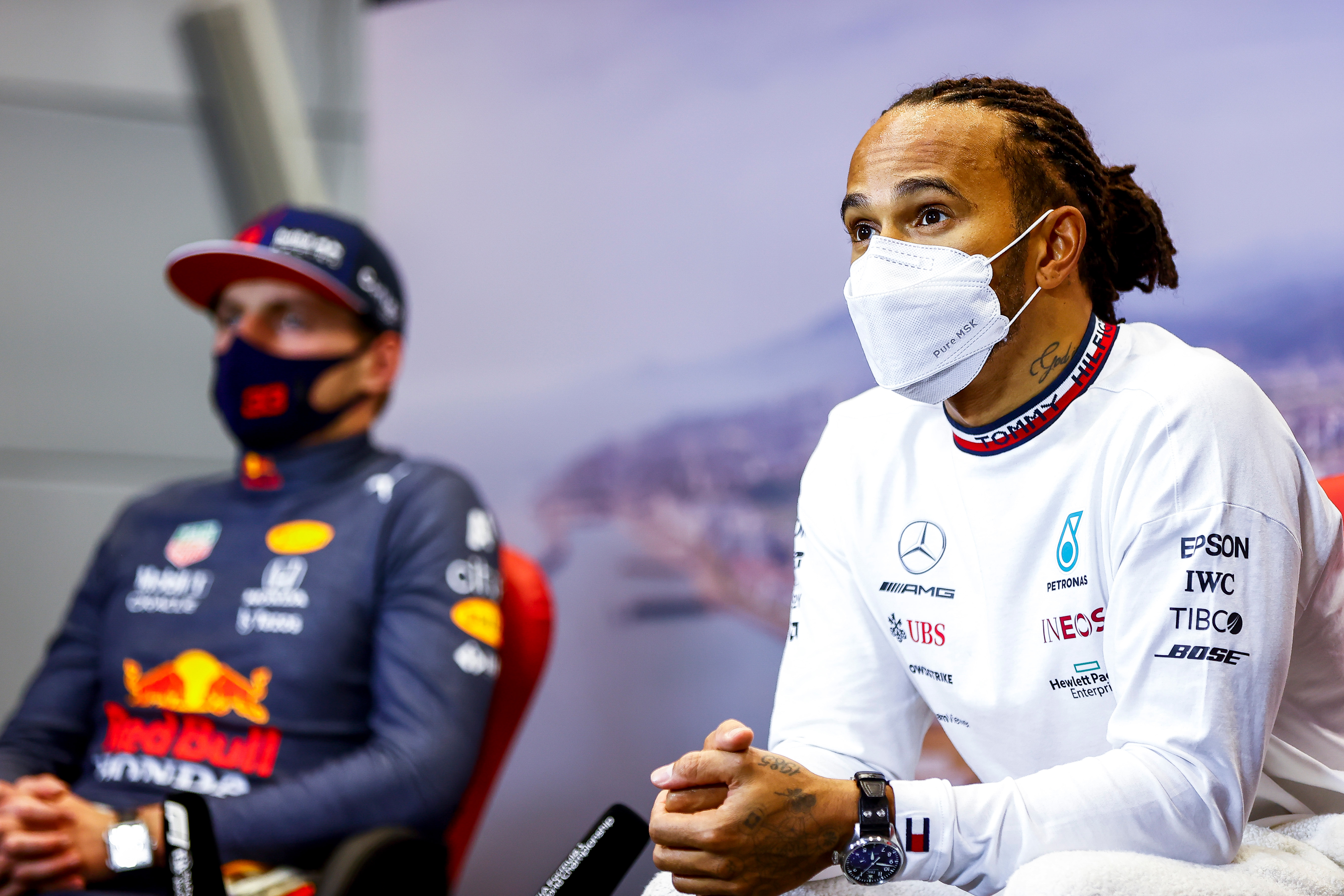
The above is only a prediction of who should be faster based on what we know so far, but the reality is it is so tight that nobody can know how it’s going to play out. The title battle will turn on endless decisions and moments, with the track configurations just one part of the equation.
The one thing that is likely – and that all those outside of the teams themselves will be hoping for – is that it continues to be close as it has done and that it really does go down to the last lap of the Abu Dhabi Grand Prix.





